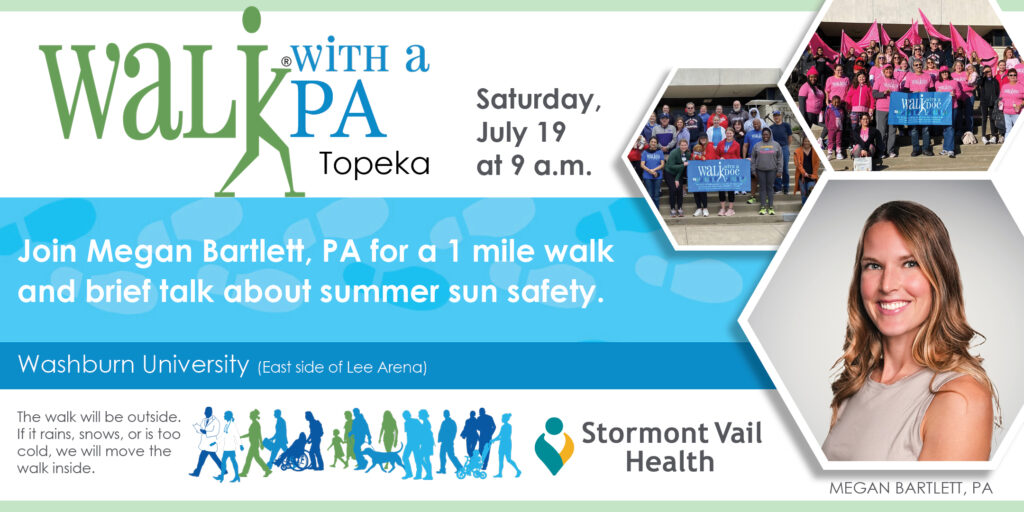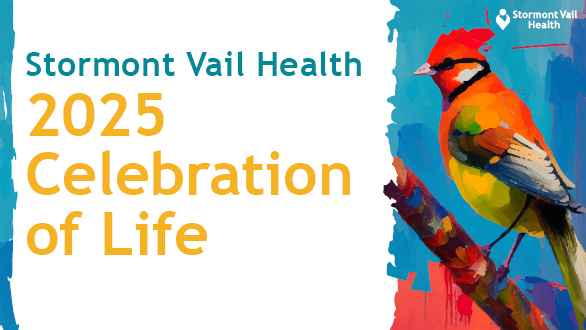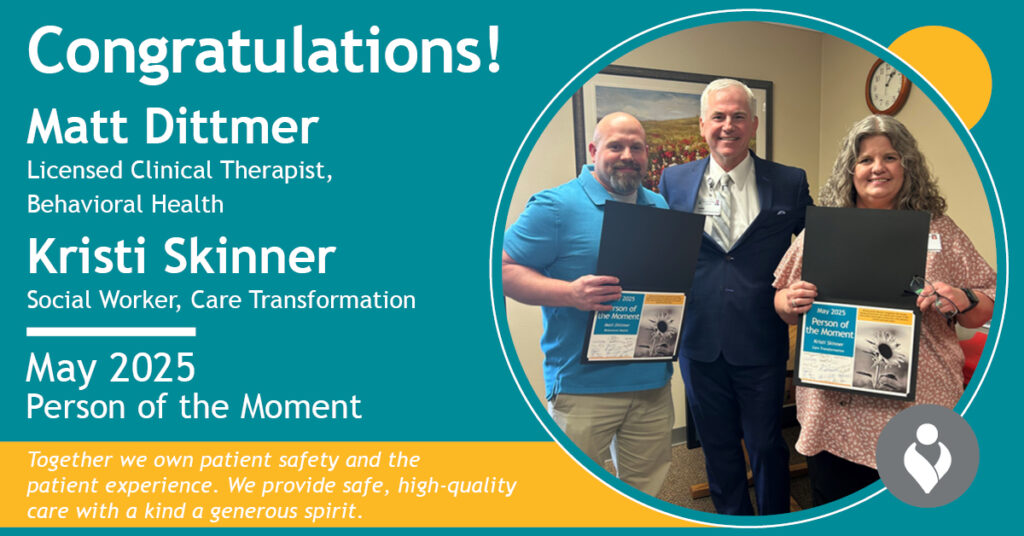Newsworthy
How Racial Bias Creates Barriers to Health
In healthcare, racial bias occurs when pre-existing attitudes and judgments toward people of other races drive health professionals’ feelings, decisions, and actions. Even if discrimination unintentionally occurs, it can still create significant barriers to health.
Racial bias can also worsen social determinants of health, which refer to various conditions where people are born, grow, live, work, and age that shape health. These factors affect a person’s ability to access basic needs, including:
- Housing
- Nutrition
- Education
- Social support
- Healthcare services
These issues, as well as genetics, lifestyle, policies, systems, and environments, can significantly hinder health equity for individuals and communities.
This article is part of a four-part series on specific factors that limit access to healthcare for many people in Shawnee County. This post explores how racial bias affects our community and how Stormont Vail Health strives to help individuals receive quality care regardless of race, ethnicity, or cultural background. The first part of this series addresses How Stormont Vail Improves Access for Low-Income Patients.
How Stormont Vail Helps Overcome Barriers to Health Care Due to Racial Bias
Racial bias, in addition to historical racism and inequities, contributes to poor care quality and damages trust in the medical community. Naturally, this discourages many people of color from seeking health care services.
Racial bias can also contribute to other barriers to health, like inadequate institutional access. In other words, a patient may want to visit their doctor but encounter other roadblocks stemming from institutional racism, including cost, geographic location, and more.
Stormont Vail’s mission is “working together to improve the health of the community.” We do our part by studying how various barriers limit access to healthcare. In Shawnee County, the most common obstacles include:
- Income
- Racial bias
- Food insecurity
- Access to transportation
Of course, addressing social determinants of health is a complex, challenging, and long-term process. Additionally, it calls for cross-organizational cooperation to create a collective framework. However, we’re hopeful that We Together will eventually make a difference.
I.D.E.A. Committee
The Inclusion, Diversity, Equity, and Access Committee, a forward-thinking and collaborative committee, is comprised of team members from across our organization. Each member brings passion, connection, knowledge, communication ability, creativity, and empowerment.
The role of the I.D.E.A. Committee is to serve as an advisory committee to the Stormont Vail Operating Committee in collaborating and generating ideas to create an organizational culture and climate in which:
- Every voice is valued
- Team members and patients have a sense of belonging and connection with one another and the organization
- Team members feel empowered to do their best work
- Patient experience is the top priority
The I.D.E.A. Committee researches, develops, and proposes actions to create a supportive, positive, and inclusive work and patient care environment.
We Ask Because We Care
We Ask Because We Care is a health equity initiative to help us learn more about our patients and their backgrounds. Through this initiative, Stormont Vail patient services team members and health providers will ask patients questions about race and ethnic background.
As the communities we serve grow larger and more diverse, this information will allow Stormont Vail to identify improvement areas and strengthen our patient-centered care framework. The goal is to improve cultural competency and prevent inequities at all levels of our organization, from clinic rooms to the boardroom.
New Find A Provider Platform
The Find a Provider feature is convenient for patients to find nearby care and services. To make it faster and easier to find the ideal physician, we added two new filters to narrow the search further.
In addition to city, service, and specialty, people can filter providers sharing their language and gender. We hope this will promote culturally competent care and better trust between health professionals and patients from underserved populations.
Translation Services and Interpreter Program
Patients have the right to receive information in a manner that they understand concerning age, language, and ability to understand. Stormont Vail developed an interpreter program to provide patient translation services instead of calling a third-party language line.
Interpretive services are free and go a long way to remove language barriers. Hospital and clinic team members will assist patients with interpreter services in person or by telephone or video when needed.
In-person translation services contribute to personalized, empathetic patient experiences. To that end, Stormont Vail is expanding its investments in the interpreter program by compensating team members who obtain their medical interpreter certification.
Implicit Bias Training
In addition to existing and future programs intended to promote equity and inclusion, Stormont Vail also provides implicit bias training to team and community members. These events offer a place to discuss implicit bias so participants can become aware of the societal and interpersonal impacts.
Eliminating Racial Bias in Healthcare Benefits Everyone
Social determinants of health intersect. One unmet need can lead to more problems in other areas, further restricting access to healthcare. For this reason, policymakers in healthcare and leadership should develop solutions that address numerous social determinants of health.
Of course, addressing social determinants and barriers to community health is complex, and change will take time. These efforts require us to look beyond individual or organizational strategies and priorities to build a cooperative framework addressing ongoing inequities to overcome them both now and in the future.
Sources
- American Hospital Association. (2017). Social determinants of health series: Transportation and the role of hospitals | A.H.A. American Hospital Association. https://www.aha.org/ahahret-guides/2017-11-15-social-determinants-health-series-transportation-and-role-hospitals
- Census profile: Topeka Public Schools Unified School District 501, K.S. (n.d.). Census Reporter. https://censusreporter.org/profiles/97000US2012260-topeka-public-schools-unified-school-district-501-ks/
- PatientEngagementHIT. (2021, February 1). Top Social Determinants of Health Barring Patient Care Access. PatientEngagementHIT. https://patientengagementhit.com/news/top-social-determinants-of-health-barring-patient-care-access




